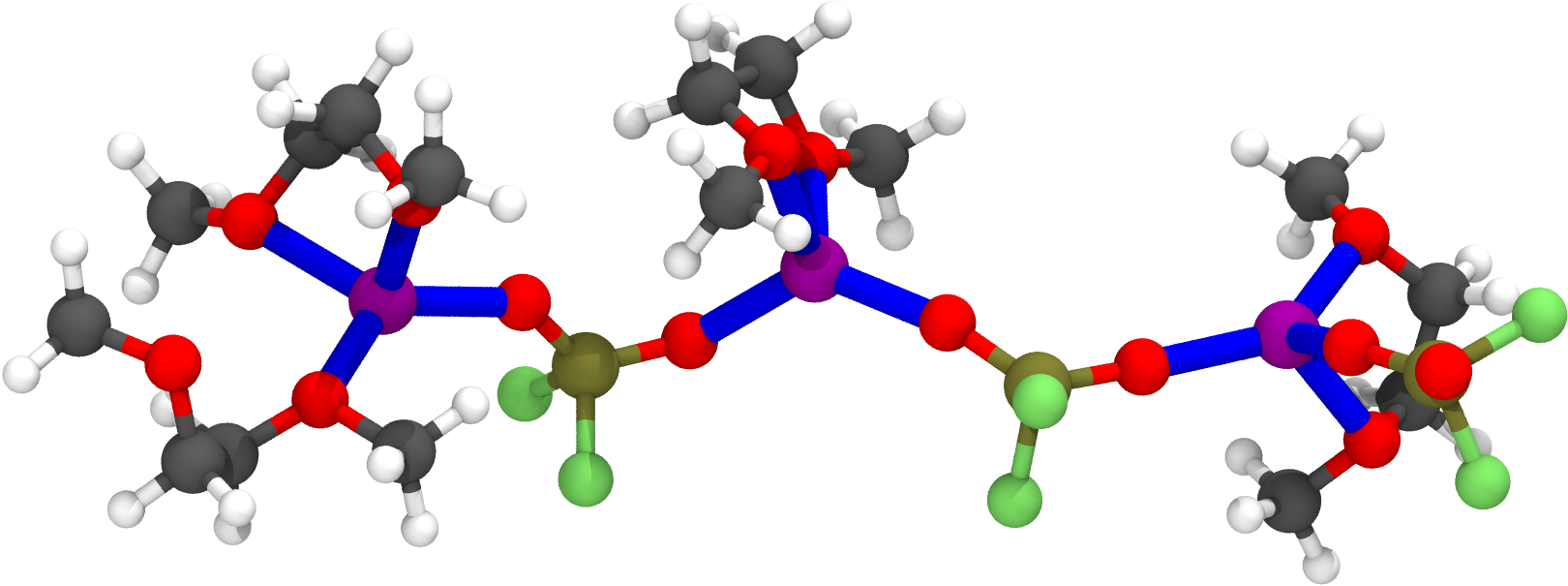
The times where we cut out peaks from a chromatogram to weigh them and then track the numbers on graph paper are over. Nowadays, almost every scientist needs to work with a lot of digital data. Even though most of the data I work with can be handled through existing software, there are cases where I need to write a script or even a larger piece of code.
The difficult part is often not to create the data - but to extract interesting patterns!

There is one aspect of my work which is truly 'data science', and that is the analysis of molecular dynamics simulation results. Molecular dynamics simulations basically reveal how atoms move in space and time, based on a more or less educated guess of the physics involved (called a 'force field'). A typical simulation output would be the coordinates of ≈50000 atoms over ≈20000 time steps. Nothing special, yet this is already 3 billion numbers!



